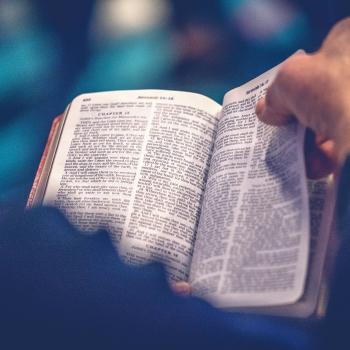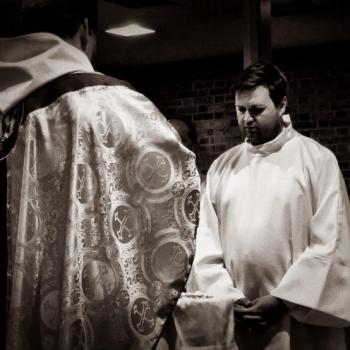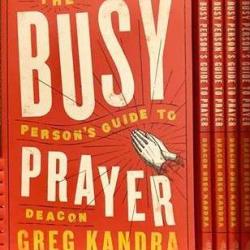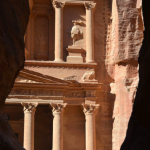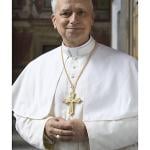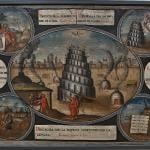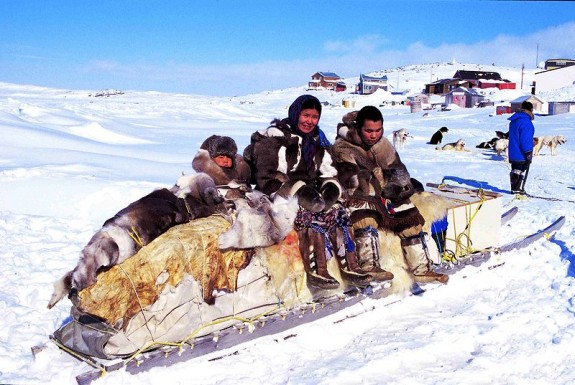
Here’s something the original authors of sacred scripture never had to think about:
Later this spring, an entire Bible in Inuktitut, the language of Inuit people and the most widely spoken aboriginal tongue in Canada’s Arctic, will be dedicated at an igloo-shaped church in Nunavut, an autonomous region carved out of the Northwest Territories in 1999.
Begun in 1978, the massive task marks the first time in Canada that a translation of the whole Bible was accomplished entirely by native speakers of the language rather than by white missionaries.
It was kick-started by the late Rev. Eugene Nida, considered the father of modern biblical translation, whose major contribution to the field was the concept of “functional equivalence.” Instead of using literal translations, the idea was to convey meaning by incorporating native culture and idiom into the Bible’s story.
Nida’s message to non-aboriginal translators about the advantage of native speakers was simple: “You may have learned the language well,” recalled Rev. Jonah Allooloo, an Inuk priest and canon of the Anglican Church of Canada who worked on the Inuktitut project from the start, “but you’ll never learn to think the way these people do.”
Canada’s last census found some 33,000 speakers of Inuktitut, part of the Eskimo-Aleut family of languages. It is spoken in Nunavut, the Northwest Territories and northern Quebec, and almost exclusively north of the tree line.
It was an oral language for thousands of years until an Anglican missionary, Edmund Peck, introduced the syllabic script _ in which characters represent syllables _ in the late 19th century. Most speakers are Christian.
The full translation follows the completion in 1991 of an Inuktitut New Testament, now in its fifth edition. The Old Testament took so long because Allooloo and the project’s translation coordinator, retired Anglican Bishop Benjamin Arreak, worked on it for only one or two months of the year.
“We are priests,” Allooloo pointed out. “We have responsibilities. We are on 24-hour call.” And they have a lot of ground to cover: at 15 times the land mass of Great Britain, the Anglican Church of Canada’s Diocese of the Arctic is the world’s largest Christian diocese.
Inuit Christians longed for a complete Bible, Arreak said. During the translation process, “people were saying, ‘If there are rough drafts, can I have a printout?’
“Our people need the whole Word of God to be inspired and strengthened and as a guide for their lives.”
But adapting the Old Testament, with its litany of desert vegetation and animals, to an Arctic readership presented challenges.
For one, there are no words in Inuktitut for “goat,” “sheep” or “camel.” Those had to be written phonetically.
And what to do about the 30-plus types of trees mentioned in the Bible when there are no trees of any kind for hundreds of miles in the Arctic?
“We used a general term for tree,” explained Allooloo, “and then explained it in the footnotes.” The translation brims with footnotes and explications.
The same word was used for “shepherd” as for someone who tends a dog team. “It’s like ‘baby sitter,'” said Arreak. Similarly, “pomegranate” is described as a sweet fruit with many seeds.
He and Allooloo agree that the Old Testament was easier to translate than the New because both Jewish and aboriginal traditions stress the oral tradition of storytelling and history.


